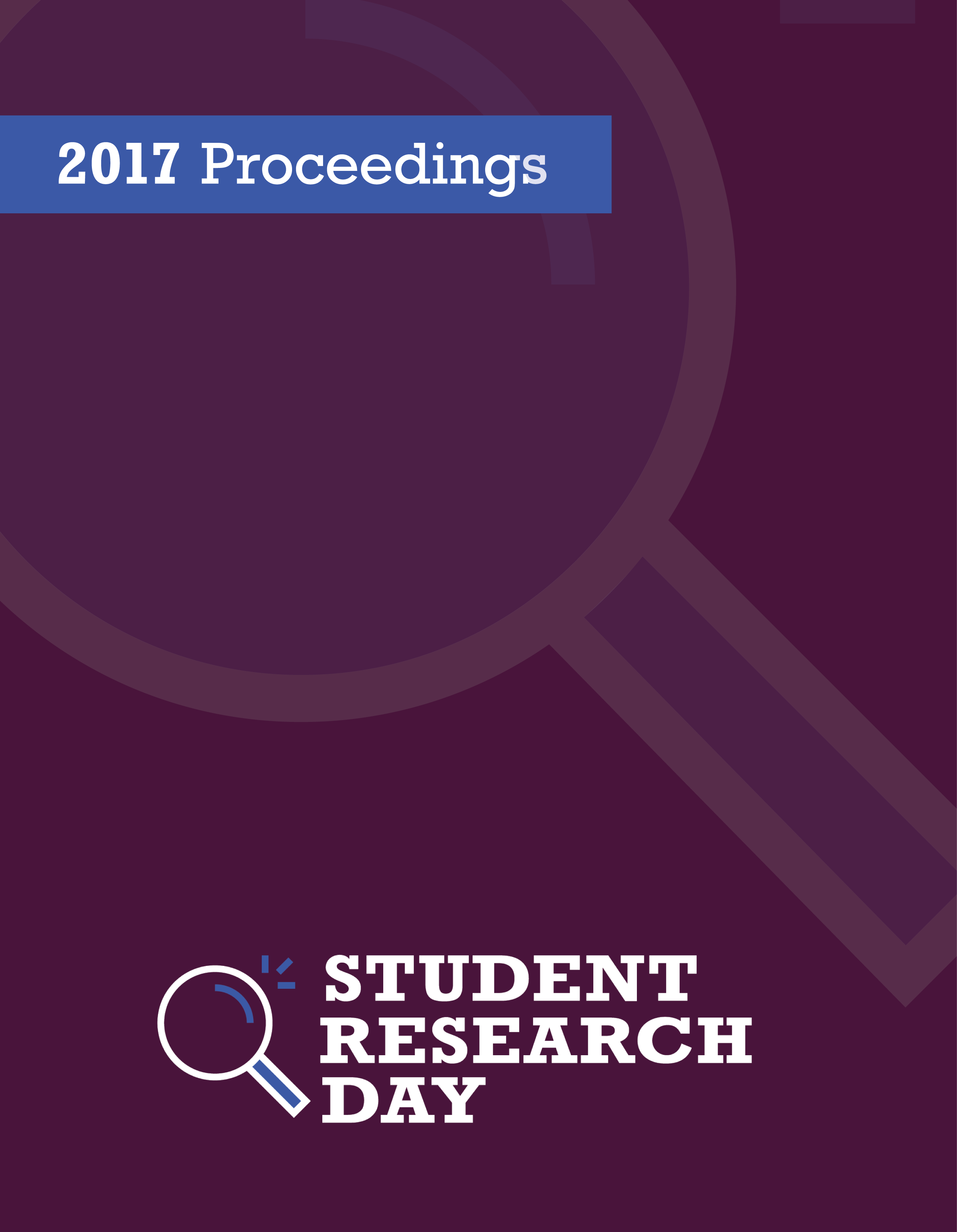Modulation of covert reflexive attention by transcranial direct current stimulation (tDCS) of the cerebellum
Abstract
Historically the cerebellum is well known for its role in coordinating motor outputs such as walking, balance, and fine motor movements. However, recent research has suggested that the cerebellum may also play a role in cognitive functions such as language, emotion, and attention. Specifically, previous studies in our lab have shown that the cerebellum is involved in covert (i.e. no eye-movements) reflexive attention. In addition, numerous recent studies have demonstrated that transcranial direct current stimulation (tDCS) – a non-invasive brains stimulation technique – can induce measurable changes in behaviour through altering neural activity in various brain regions, including the cerebellum. In current study, we examined how cerebellar tDCS influenced performance on a covert reflexive attention task in which participants (n=24) had to discriminate between an ‘E’ and a ‘3’. We predicted that the two active forms of tDCS (anodal (+) and cathodal (-)) would show differing results from the control condition (i.e., “sham” tDCS) The findings revealed no significant differences between the two active tDCS conditions and sham tDCS. Methods by which future cerebellar tDCS studies could optimize tDCS stimulation parameters, and behavioural measures of reflexive attention, will be discussed.
Discipline: Psychology Honours
Faculty Mentor: Dr. Christopher Striemer
Published
Issue
Section
License
Authors retain any and all existing copyright to works contributed to these proceedings.



